Normal Reading worksheets activities for 3-Year-Olds
7 filtered results
-
From - To
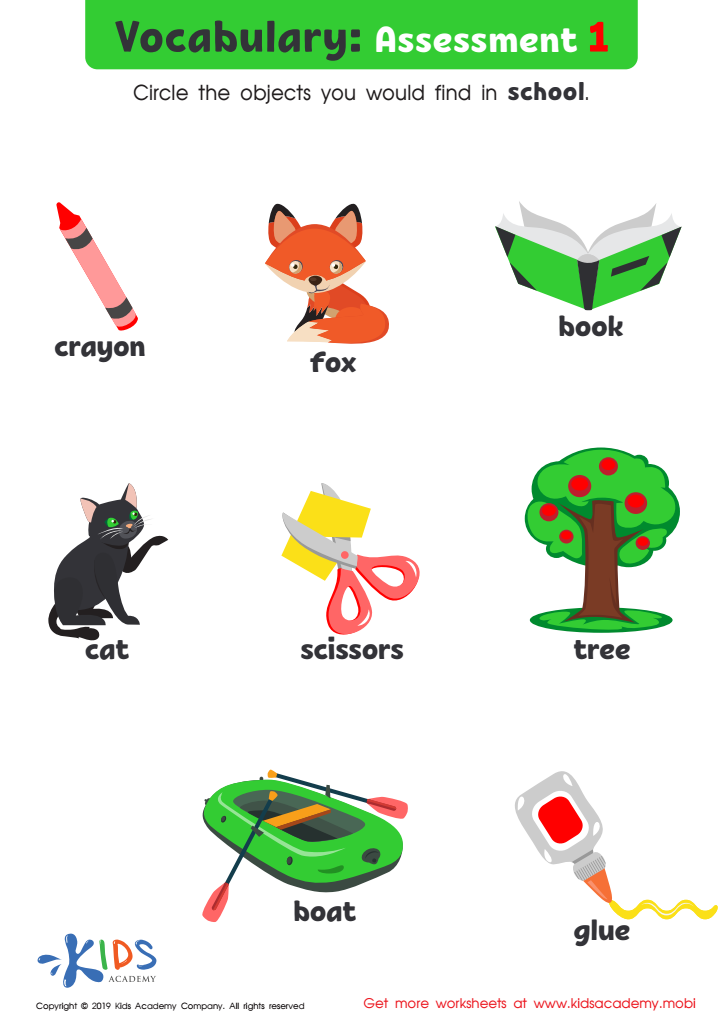

Vocabulary: Assessment 1 Worksheet
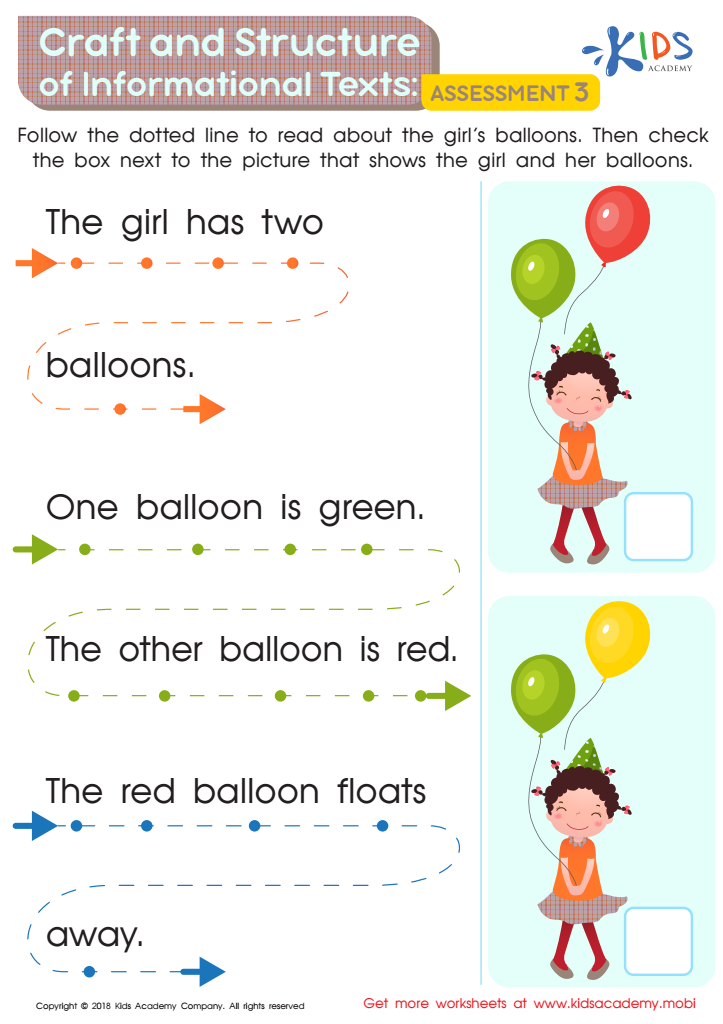

Craft and Structure of Informational Texts: Assessment 3 Worksheet


Craft and Structure of Informational Texts: Assessment 1 Worksheet
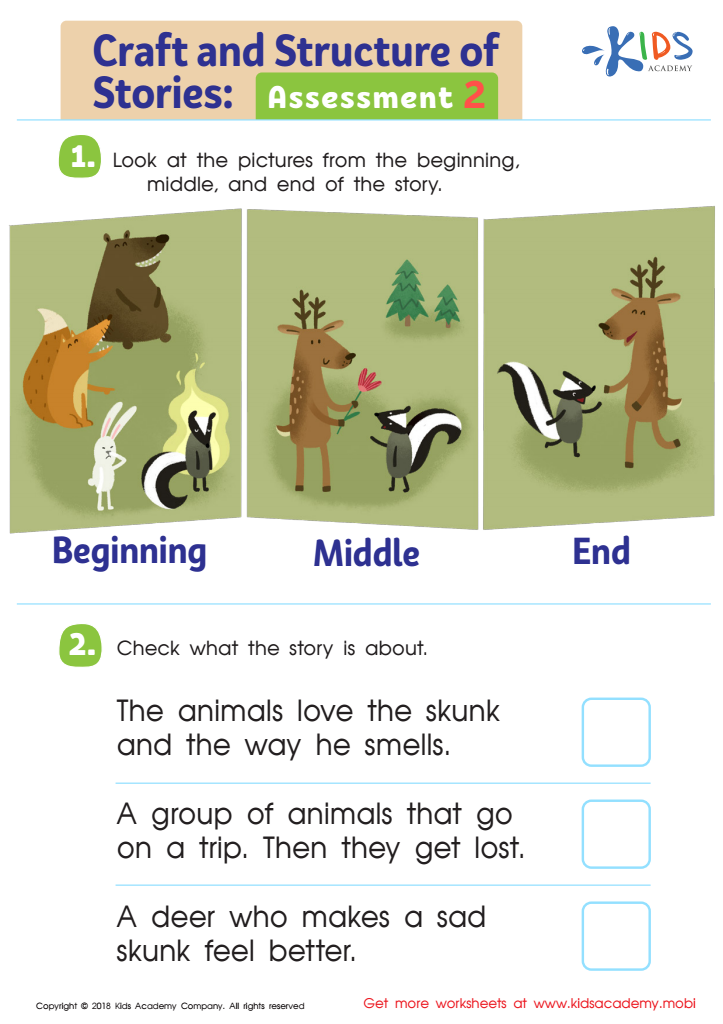

Craft and Structure of Stories: Assessment 2 Worksheet
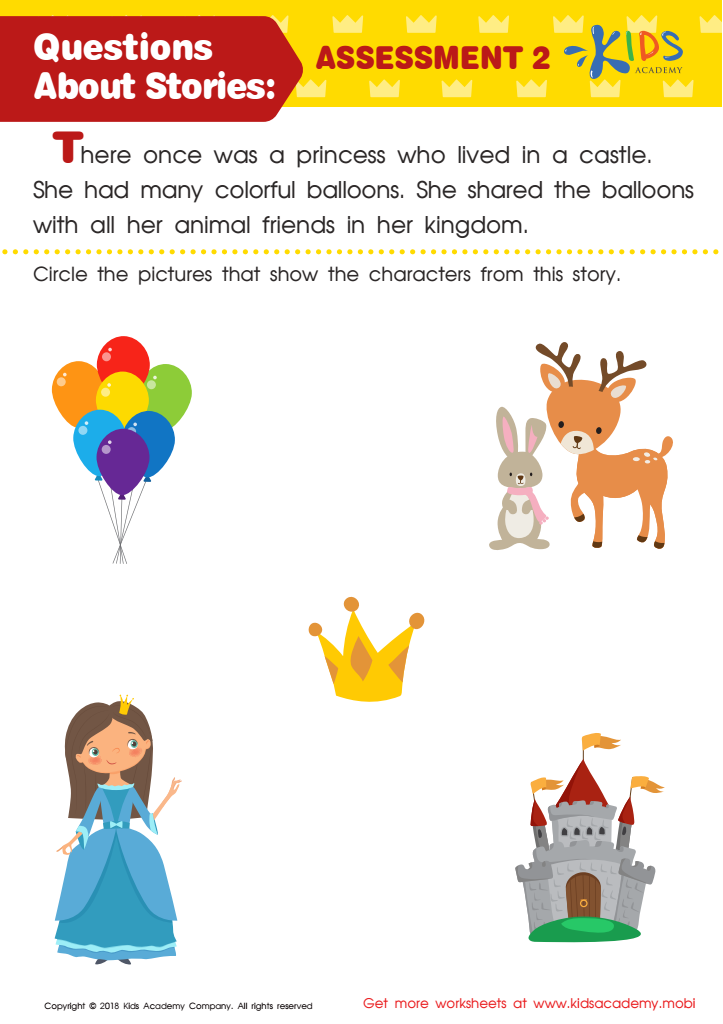

Questions About Stories: Assessment 2 Worksheet


Finding the Details and Connections: Assessment 2 Worksheet
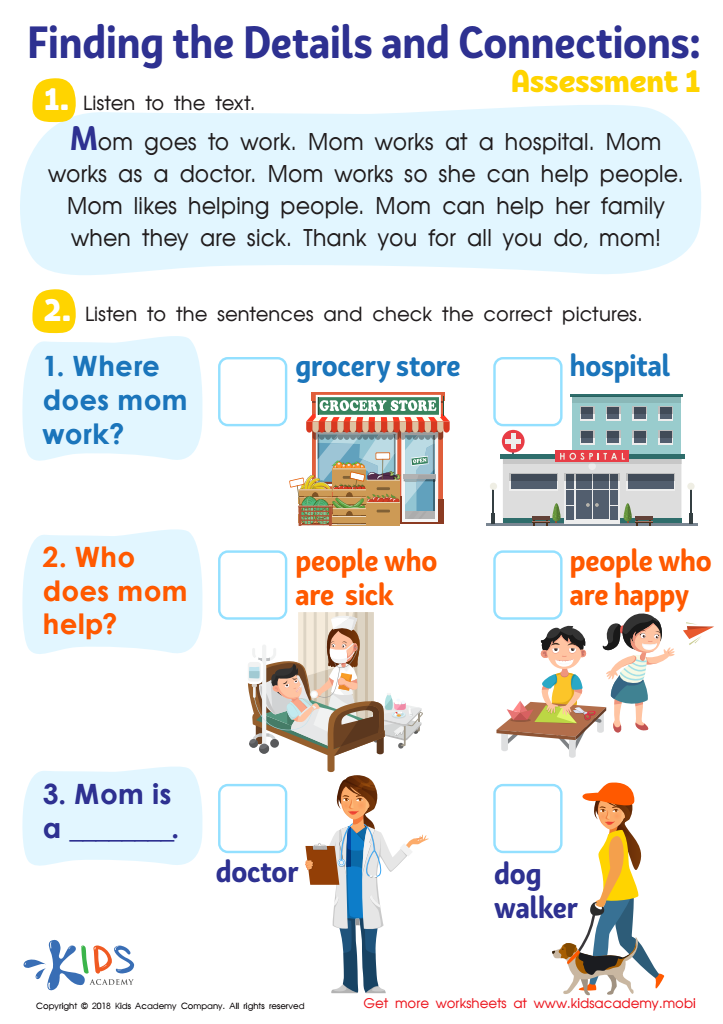

Finding the Details and Connections: Assessment 1 Worksheet
Normal Reading worksheets activities play a pivotal role in fostering literacy skills among learners of all ages. These activities are designed with the aim of enhancing comprehension, vocabulary, and overall reading proficiency, which are essential components of literacy. Here's why integrating Normal Reading worksheets activities into educational curricula is incredibly beneficial.
Firstly, Normal Reading worksheets activities offer structured learning. They guide students through a series of thoughtfully designed exercises that gradually increase in complexity. This structured approach helps learners to build their reading skills incrementally, ensuring solid foundations are laid before advancing to more challenging texts. The consistency provided by these activities can significantly improve students’ ability to decode words, understand complex sentences, and grasp the nuances of different texts.
Additionally, these worksheets cater to diverse learning styles. Not all students absorb information in the same way, and Normal Reading worksheets activities often include a variety of formats—such as multiple-choice questions, fill-in-the-blanks, and short essay prompts—that engage different types of learners. Visual learners, for instance, might benefit from worksheets that incorporate images related to the text, while tactile learners might appreciate activities that involve physically manipulating words or sentences.
Another critical advantage of Normal Reading worksheets activities is their ability to foster independent learning. By working through these exercises at their own pace, students develop the ability to analyze texts, infer meanings, and draw conclusions independently. This not only bolsters their reading comprehension skills but also prepares them for lifelong learning, encouraging a habit of self-directed education.
Moreover, these activities provide immediate feedback to both students and educators. Teachers can quickly assess where a student might be struggling and offer targeted support. This immediate correction helps prevent the entrenchment of misunderstandings and builds confidence in learners as they see tangible progress in their reading abilities.
In conclusion, Normal Reading worksheets activities are an invaluable tool in the educational toolkit. By promoting structured learning, accommodating diverse learning styles, fostering independence, and facilitating immediate feedback, these activities significantly contribute to the development of proficient, confident readers.

 Assign to the classroom
Assign to the classroom

.jpg)









